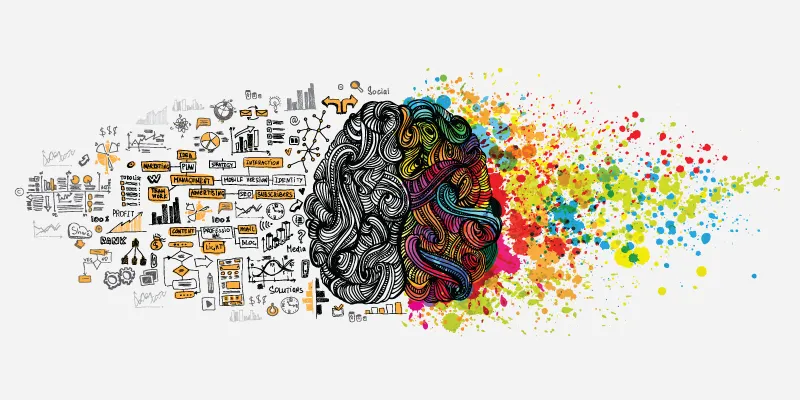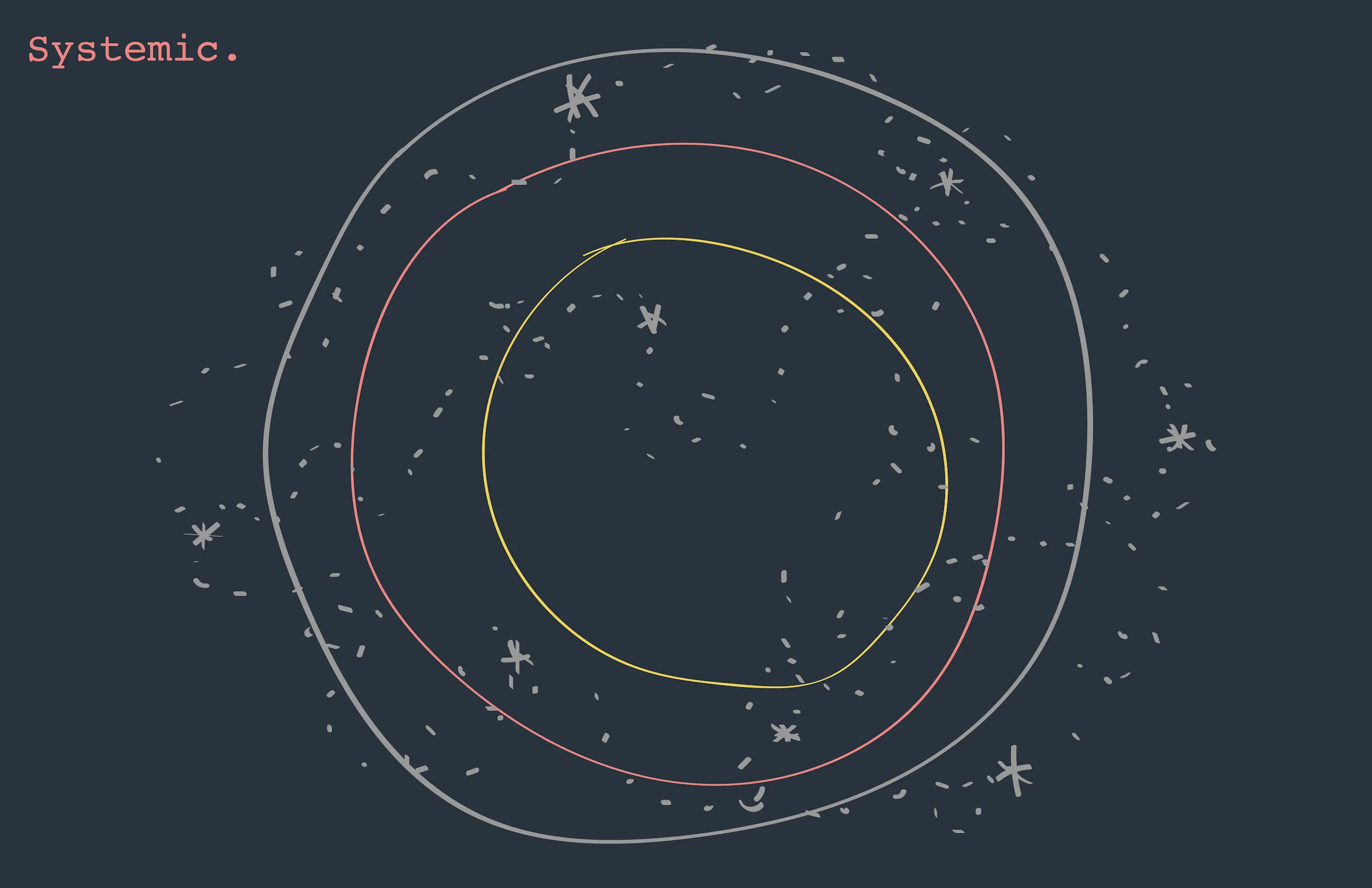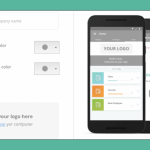If you had asked me if design is just for products, buildings and services 10 years ago my answer would have been “Yes! Of course.” Fresh out of industrial design school, I saw designers focus their attention on improving the look and functionality of products and it seemed like a very ‘design’ thing to do at the time.

In recent years, designers have broadened their approach, creating entire systems to deliver products and services. Now businesses are embracing design approaches to help them be more innovative, and differentiate their brand more than ever, according to John Maeda’s Design in Tech Report 2019. Design has always played and continues to play an important role in free-market capitalism. Capitalism relies on design to both improve the production of goods and to ensure their eventual consumption.
While design schools are still highly focused on producing students who are good at designing products, the question arises whether design is just for consumption.
By making things user-centric, we want people to consume more, by making processes efficient we want to produce more to boost corporate profits. But a world battling pollution, education, inequality, and climate change harks to a more sustainable approach.
The more disparity I see around me, the more it is indicative of the kind of world we live in and I always wondered if we as designers could play a role to solve these challenges. It was while asking all these questions that I was introduced to the concept of social design. Contrary to belief, the ‘social’ in ‘social design’ is not the ‘social’ in ‘social work.’ Yes, you get paid for it! Nor is it enough to do social impact projects as a way to give back to society. While it’s a good start, it’s not the only way and it’s definitely not enough.
There’s a lot of ways to describe this work –
● Design for Good is an ethos to use problem-solving and design thinking towards social change
● Social impact design is design that seeks to solve humanitarian issues such as improving living conditions for the beneficiaries
● Social Design is the application of design methodologies to solutions for complex human problems
● Design for Social Innovation is interaction between people that takes responsibility for positive, systemic impact. It takes place within the communities and systems it’s working with, not outside them.
While all these definitions are great, in essence social design is design that is mindful of the designer’s role and responsibility in society, and of the use of the design process to bring about social change.
It wasn’t until much later that I realised this made complete sense. It is because we as designers have the right tool set. Our role is beyond designing new products and services but to design/shift to new thinking and systems.
Designers can play a catalytic role in the social development sector because design is
● Process driven

Design provides a framework to discover, define, develop and deliver, this is especially useful when trying to solve for big, messy social problems like poverty or climate change.
● Systemic

Social change requires systemic solutions. Designers observe, describe, analyse, design, prototype, and evaluate behaviour and performance of complex systems from a variety of viewpoints and apply a systems thinking methodology to problems. They are great connectors and can constantly zoom in and out from a variety of perspectives.
● Grounded

Design is grounded in people’s needs; ideas can come not only from the top but from everywhere and therefore value is redefined by giving power to the people closest to the problem. This is yet another tried and tested approach in social development.
● Collaborative

Design takes a multidisciplinary approach, opening doors for different ways of collaboration and channeling feedback.
Social design doesn’t have to be the creation of a new product. Its purview is not restricted to a product or a service, it’s the whole community or society. It’s simply the question of what type of designer you want to be. It is up to you whether you want to continue to design more products or want to question the status quo to work towards a more socially just society.
While social design holds the possibilities of reshaping the world, it also runs the risk of self-delusion, whereby it continues to reproduce the structures responsible for crises while patting itself on the back for its good efforts.
In the next article of this series we will focus on the challenges for design in its role for development and strategies to become a social designer.
Meanwhile, here are some ways to start thinking like a social designer:
● Find the right problem to solve: Often times in social design, you fall into the trap of getting overwhelmed by the scale of the problem. This is natural because these problems are big and complex. The first rule is to make the problem as specific as possible in order to make an impact. For example: solving for waste disposal in New Delhi is very different from solving for waste disposal of sanitary napkins in CR Park in South Delhi. Suddenly, the specificity makes it much easier to find targeted solutions. However, this specificity is not random, it comes through ethnographic research and deeper problem understanding.
● Community first: It’s important to make problems tangible by understanding them in relation to people or a community and how they affect them. The community you design with are the experts, they can tell you more about the problem (as well as the solution) better than anyone else.
● Quick and dirty prototyping: Start small, and test ideas. Have questions for each idea you test. Testing solutions before implementing is extremely important. This could be a mockup but not an entire product or it could be small parts of a service. Understand your users’ interest, question if you are able to solve for their need.
● Continuous learning and reflection: Understand unintended consequences and bake them in your process. While designing and implementing solutions, you will face unintended consequences– being able to reflect them, documenting them to make lo-fi mockups and ideas possible is better than implementing solutions without understanding the problem.
[“source=yourstory”]











